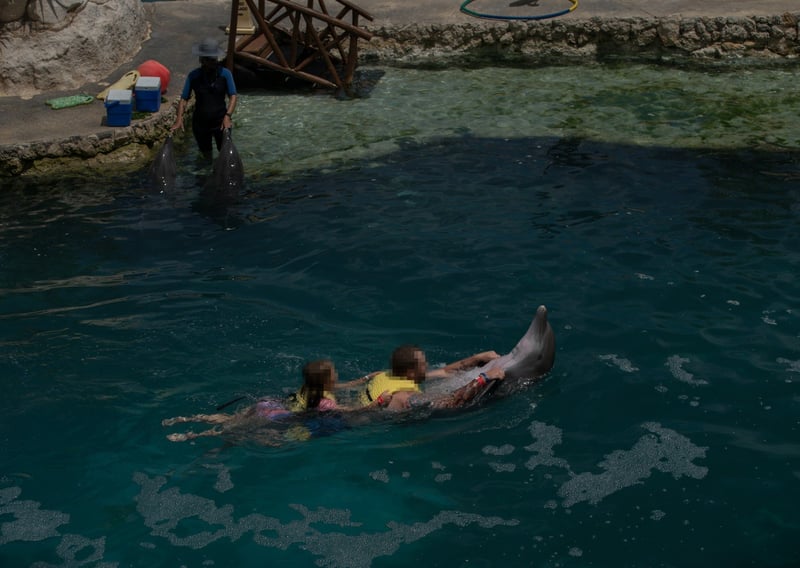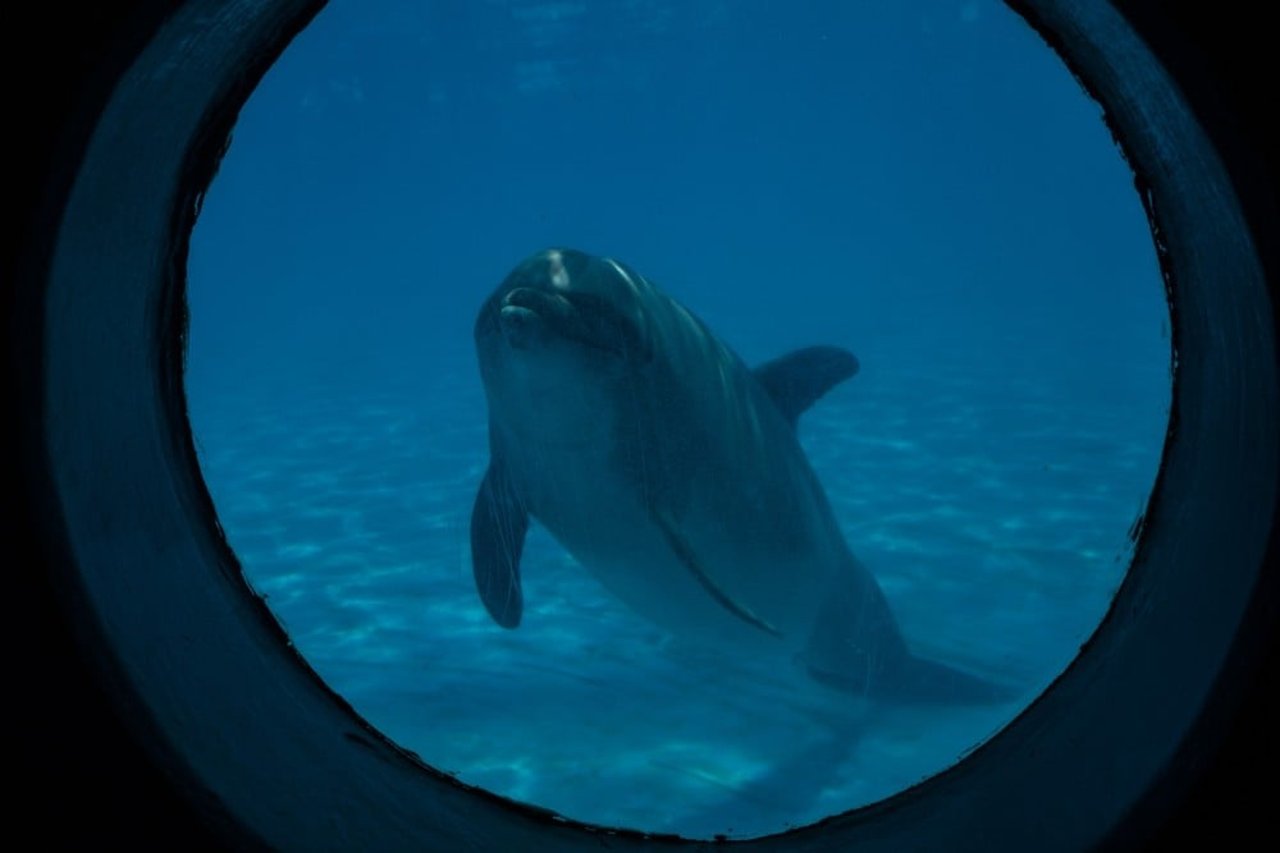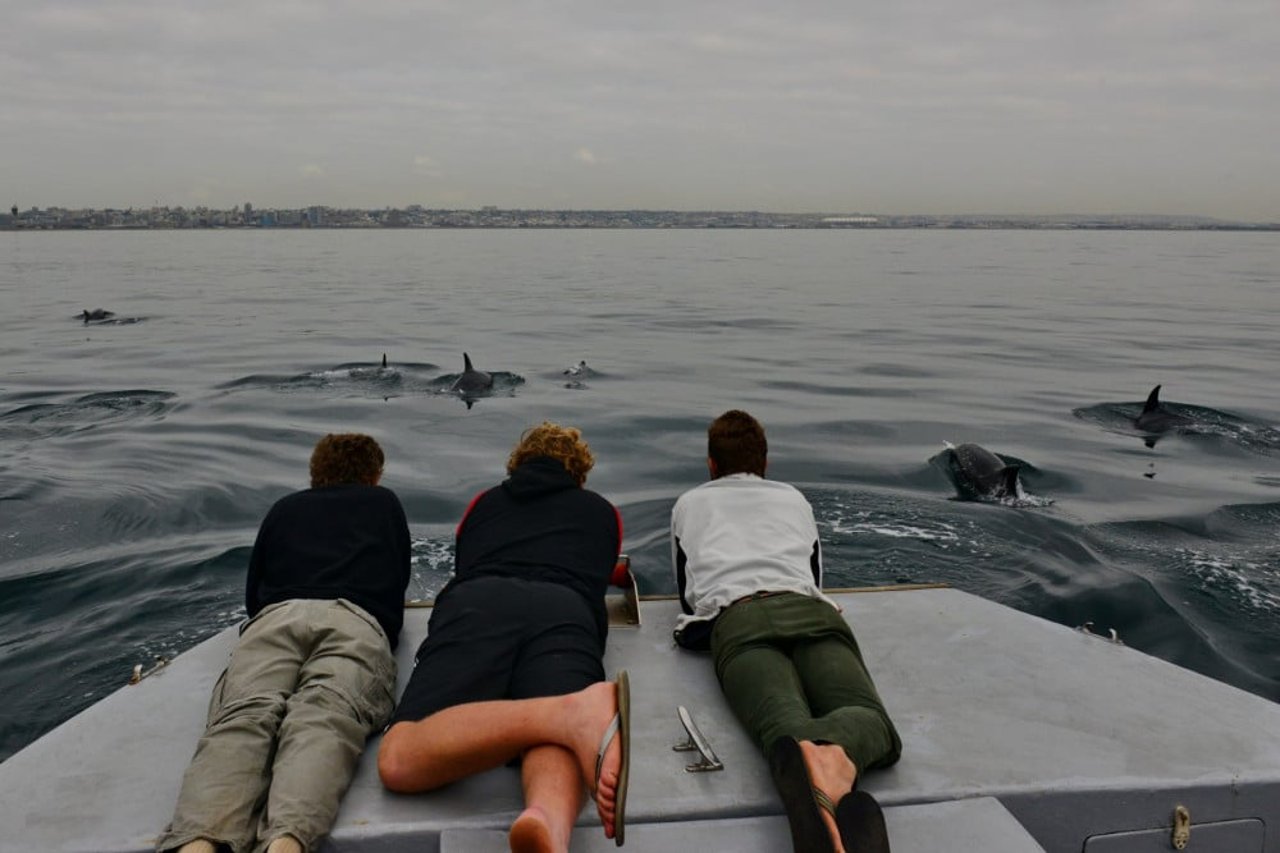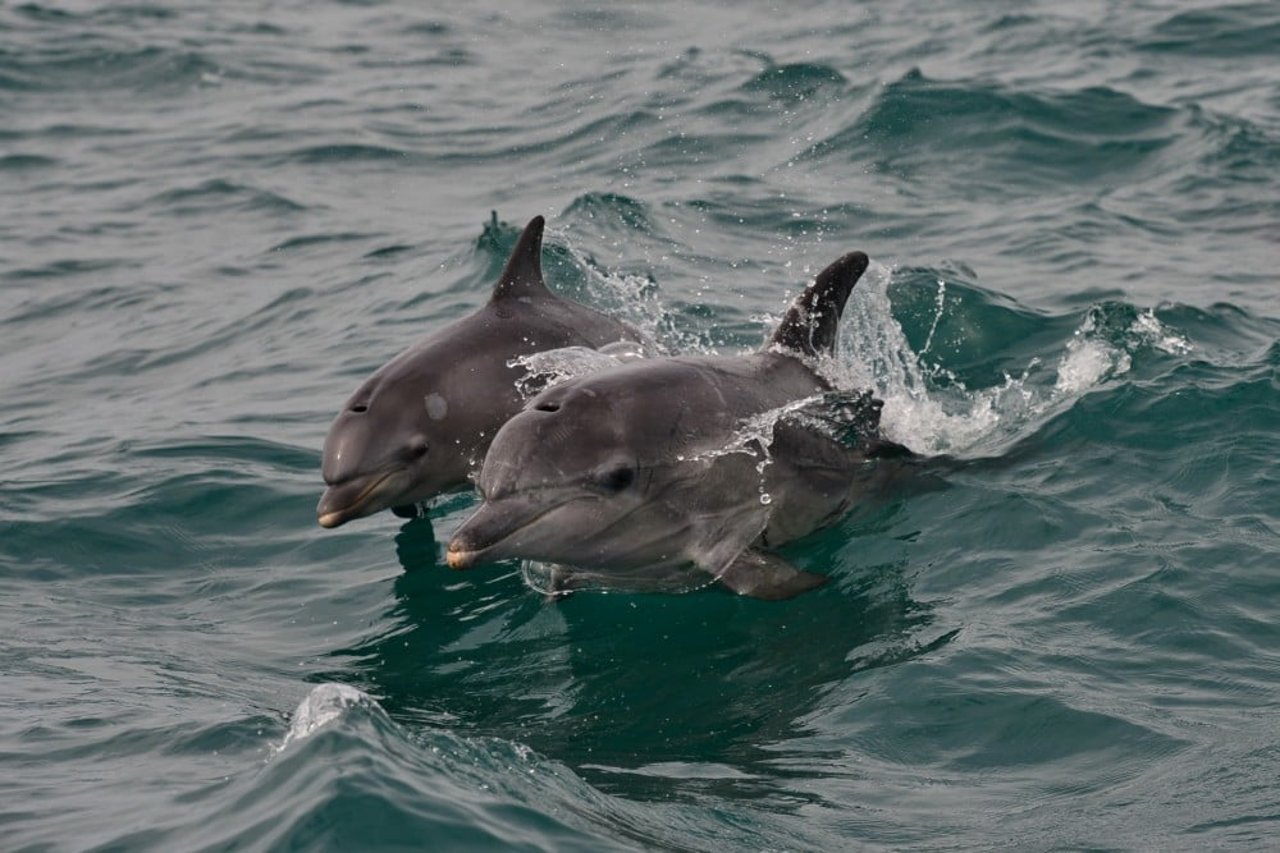
There are more than 3,000 dolphins living in captivity for our entertainment and large travel operators are still profiting from it.
Dolphin entertainment is a multibillion-dollar industry fuelled by big travel operators who are promoting this type of activity as fun, educational and family-friendly. It’s time to put an end to it and shed some light on the cruel conditions that captive dolphins endure.
World Animal Protection is calling on TUI Group to stop selling tickets to dolphin venues and you can help us make it happen.
Sign our petition to make a difference
We've had a steady flow of enquiries about dolphins and the issue of captivity from supporters. During a recent Q&A session, Katheryn Wise, World Animal Protection UK's Global Wildlife Tourism Campaign Manager, addressed your questions, which are answered below:
🐬 Why are you targeting TUI specifically?
As one of the largest travel companies, TUI Group currently facilitates ticket sales to approximately 25 dolphin venues, thereby contributing to the captivity of around 400 dolphins.
With its prominent presence as a household brand in the UK, TUI’s endorsement and sale of tickets to these dolphin venues inadvertently projects an image of acceptability, portraying it as innocent family entertainment, while masking the dark reality of animal cruelty it entails.
We’re calling on TUI to stop profiting from dolphin cruelty now and to follow the lead of industry peers such as Expedia Group, Trip Advisor, Thomas Cook, Virgin Holidays, and British Airways, who have already taken the step to discontinue advertising and selling dolphin-related entertainment.
🐬 Are other companies also profiting from captive dolphin entertainment?
Yes, unfortunately. In addition to TUI, the companies listed below are still reaping profits from dolphin entertainment. Our call extends to all of them, urging them to adopt a more dolphin-friendly approach.
📢 Jet2Holidays
📢 Get Your Guide
📢 Trip.com
📢Travel Republic
📢AttractionTickets.com
It is time for them to cease their complicity in animal cruelty and follow the steps of industry leaders such as Expedia Group, Thomas Cook, Tripadvisor, Virgin Holidays, and British Airways, who have conscientiously discontinued selling holiday packages involving dolphin captivity.
🐬 How many dolphins are still in captivity?
Approximately 3,000 dolphins are currently held in captivity. The majority of these are bottlenose dolphins, a non-endangered species. Consequently, their captivity serves no conservation purpose. Additionally, orcas, the largest members of the dolphin family, and Beluga whales continue to be confined in captive venues as well.
🐬 How can you tell if a dolphin is unhappy?
This is a really good question as the common misconception is that dolphins are always happy due to their seemingly perpetual smiles, which are inherent to the shape of their jaw. This portrayal can be misleading, as their facial expression is fixed and doesn't reflect their emotions. The reality is quite devastating when considering their involvement in performing circus tricks and constant interaction with humans – their 'smiles' don't convey genuine contentment; it's a mere anatomical trait.
There are a few signs of unhappiness that can be recognised. Stereotypical behaviours and stress reactions in captive dolphins can, for example, be:
- Gnawing on the sides of their tank, resulting in dental damage
- Chewing on enclosure bars
- Swimming in confined circles or not moving much at all
- Stress-induced health conditions such as ulcers
🐬 Is there an ethical way to see dolphins?
Absolutely, you can and should experience dolphins in the wild. Observing these magnificent creatures in their natural habitat is an unforgettable experience. Ethical dolphin encounters prioritise their wellbeing by allowing them to remain where they truly belong – the open ocean.
Lucky for us in the UK, there are loads of spots along the coast where you can catch glimpses of wild dolphins right from the shore. Scotland's coastline has been a hotspot for spotting killer whales, too.
It’s also possible to book a boat tour for wild dolphin and whale watching where, hopefully, you'll get a closer look, which is an experience you won't forget. When picking a boat tour operator, make sure it's one that cares about the animals. Responsible whale and dolphin watching means they won't be chasing the animals or blocking their way. It's all about letting these creatures do their own thing and enjoying them in their natural environment respectfully.
🐬 What will happen to any dolphins that are currently in the dolphinariums?
This is a really important question that has more than one answer to it.
First off, several organisations, including World Animal Protection, are actively exploring sanctuary options for dolphins already in captivity. However, an ongoing challenge is that dolphin venues continue to breed dolphins in captivity. As long as travel companies like TUI keep selling tickets and people keep visiting these facilities, there’s a perceived demand for captive dolphin experiences.
In response to this demand, the venues keep breeding more animals. While we are grappling with finding solutions for the dolphins already in this situation, the industry is simultaneously generating new generations of captive dolphins, which really underlines the urgency for change. It's vital that we work towards ensuring that the dolphins currently in captivity are the last generation to endure this fate.
This means travel companies must cease ticket sales, and venues must halt breeding, as these practices only exacerbate the issue.
🐬 Why is captivity bad for dolphins?
There are so many reasons why captivity is bad for dolphins. Captive dolphins live in barren tanks that are around 200k times smaller than their natural habitat. A wild dolphin will cover 100 square kilometres, sometimes up to 400 square kilometres - sadly a tank in an entertainment venue is often no bigger than an imax cinema screen. You can find out more about the dark side of dolphinariums and why captivity is so detrimental to dolphins here.
🐬 Aren’t dolphin shows educational?
It's a common narrative perpetuated by many dolphin venues to convince people of their educational value and to make attending these shows seem acceptable. Unfortunately, the reality falls far short of this claim. Watching a dolphin perform in a show and observing a dolphin in its natural habitat are two vastly different experiences.
Visiting a show means watching a dolphin walking backwards on their tail, pushing trainers out of the water with their snouts or even towing children around in boats. These are circus tricks performed by highly complex and intelligent social creatures that can be deeply stressed by the cheering crowds and loud music.
Watching a wild dolphin means learning about their true nature, experiencing their natural habitat and learning about their social dynamics and habits. This is a far more enriching educational experience than the scripted circus-like tricks performed in an entertainment setting.
Image credits: Second and third image by Raggy Charters


